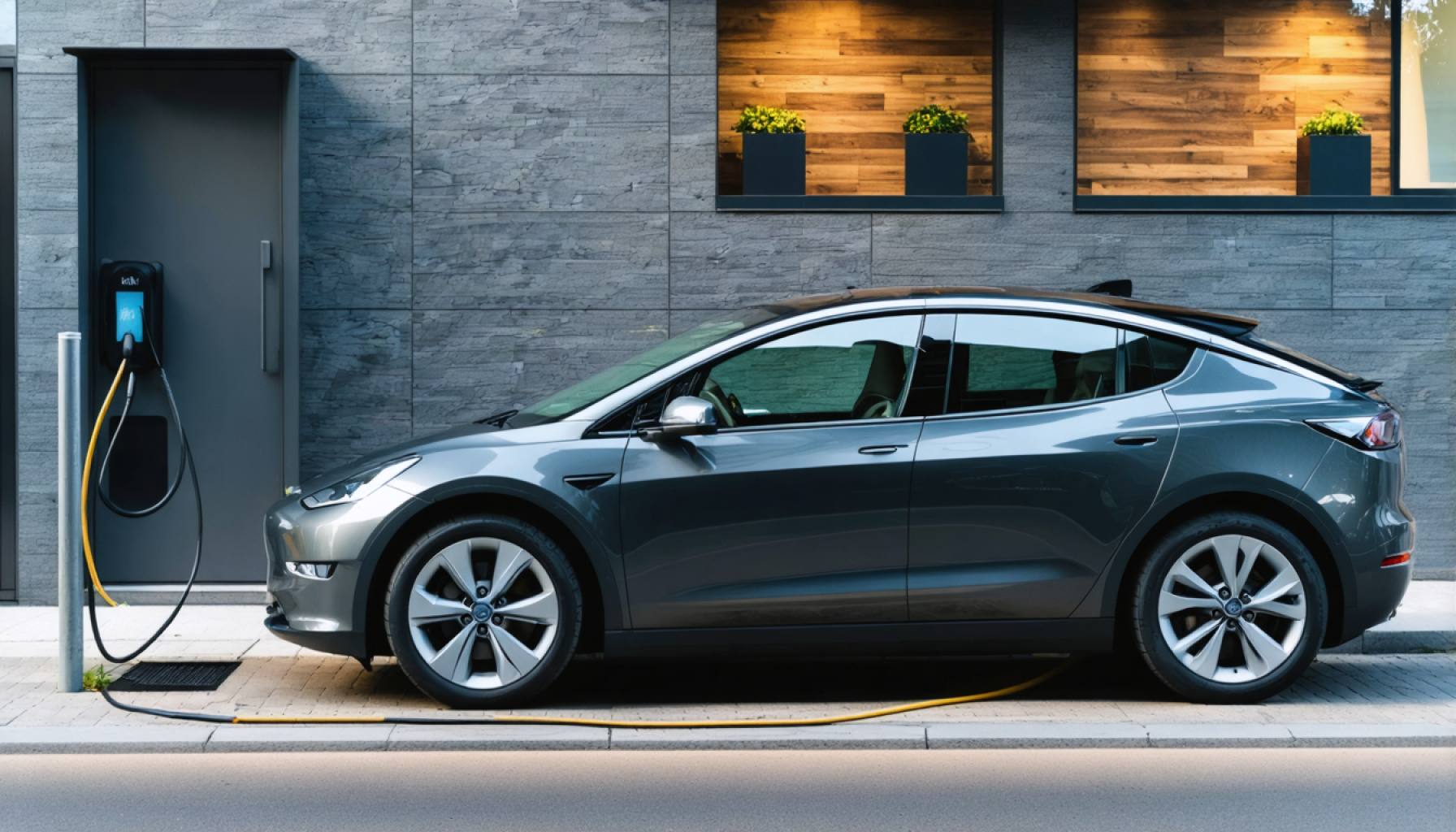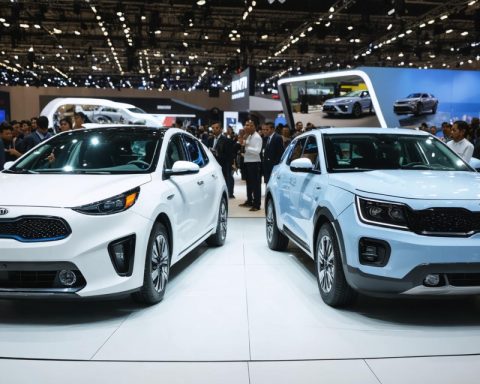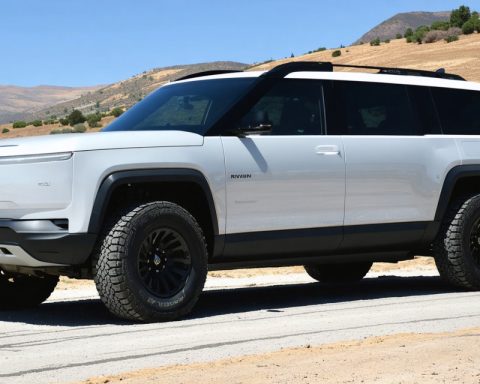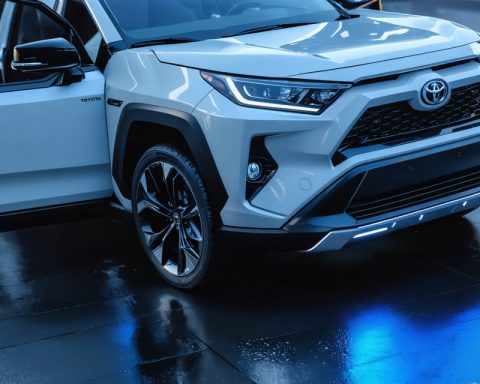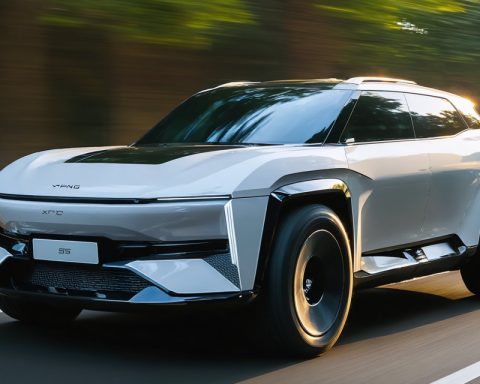- Electric vehicle (EV) adoption in urban areas like Vancouver faces challenges due to insufficient home-charging options, especially for apartment dwellers.
- Residents, such as Tesla enthusiasts, often need to travel to suburbs like Richmond to charge their vehicles, highlighting an infrastructural gap.
- Clean Energy Canada’s report indicates that nearly 60% of Metro Vancouver’s population lives in multi-unit residences lacking adequate charging facilities.
- Quebec serves as a model by mandating all new multi-unit constructions be fully EV-ready, a policy suggested for British Columbia and beyond.
- Enhanced EV ownership is linked to single-detached homes with built-in charging, underscoring the need for urban policy reforms.
- There’s a call for nationwide, uniform policies to preempt retrofit chaos and democratize the EV experience.
- Future visions include subsidies for updating older buildings and policies for pre-wired EV readiness to facilitate urban EV adoption.
Under the steel-gray skies of downtown Vancouver, a silent revolution is inching forward, much like the electric vehicles that glide through the cityscape without a whisper. But for Abhay Gambhir, a Tesla enthusiast nestled in the heart of the city, the electric dream feels laden with hurdles. His EV ownership journey exemplifies the urban dilemma: the quest to power up in a landscape not yet ready for this green transition.
Picture Gambhir, navigating the city streets not with the excitement of a day trip, but the necessity of a refuel—a journey to Richmond, a nearby suburb, just to juice up his car. The drive may be serene, but it adds around an hour to his schedule. For the legions of apartment dwellers like him, this commonplace errand is a constant reminder of the infrastructural chasm gaping wide in urban centers.
Clean Energy Canada’s recent report shines a spotlight on this pressing issue, revealing a startling truth: EV adoption’s primary roadblock in cities like Vancouver is the sheer lack of home-charging options for those living in apartments. The research, centered in Metro Vancouver—a region where nearly 60% of the populace resides in multi-unit dwellings—calls for a fundamental shift. The message is clear: for the electric vehicle movement to gain real momentum, the installation of charging stations must move from convenience to norm.
There’s a shimmering success story to be inspired by, emanating from Quebec. As a pioneer, the province mandates that all new multi-unit constructions be 100% EV-ready, ensuring each parking space is wired for future needs. Rachel Doran, Clean Energy Canada’s policy strategist, underscores the urgency of crafting comprehensive policies across British Columbia, moving beyond the rules that currently only allow apartment residents the right to bear the burden of installation costs once they wrangle landlord consent.
The allure of single-detached homes boasting built-in charging stations is undeniable. Data shows that areas with these dwellings witness higher EV ownership. In contrast, densely packed municipalities where apartment buildings dominate remain electric vehicle deserts. The message from the report is not just for BC, but a nationwide clarion call: to democratize the EV experience, a uniform policy that preempts retrofit chaos is paramount.
Understanding the predicament, there’s potential for a harmonious future. New policies encouraging pre-wired EV readiness could be rolled out in tandem with subsidies to update older buildings. It’s a vision where urban dwellers no longer linger by public chargers but simply plug in at home, liberating time to engage in the joys of electric motoring.
The take-home revelation is simple yet profound: unleashing the full promise of electric vehicles hinges on the infrastructure empowering them. For urban planners, lawmakers, and citizens alike, the time has come to engineer cities of the future. It’s about ensuring that the hum of EVs doesn’t just echo in suburban driveways but resonates robustly through the heartbeats of urban life.
Breaking the Urban EV Charging Barrier: A Game-Changer for City Dwellers
The Urban Charging Dilemma: An In-Depth Exploration
Under today’s metropolitan skies, the rise of electric vehicles represents not just a shift in personal choice but a paradigm shift in transportation. Yet, as depicted in Vancouver’s evolving landscape, the journey to seamless EV integration encounters significant roadblocks—foremost among them is the paucity of charging infrastructure in urban environments.
Abhay Gambhir’s experience is emblematic of a broader challenge that urban EV owners face. Limited residential charging options force many, especially apartment dwellers, to embark on regular excursions to find public charging solutions. This is a significant hindrance in cities like Vancouver, where 60% of citizens inhabit multi-unit residences lacking direct charging facilities.
Quebec’s Pioneering Policies: A Beacon for Other Provinces
Quebec’s forward-thinking approach sets a precedent for tackling such challenges. By requiring new developments to include EV-ready infrastructure, the government anticipates future demand—a vision that provinces like British Columbia can model to enhance EV adoption.
Overcoming the Barriers: Strategies and Solutions
How-To Steps & Life Hacks for Urban EV Owners
1. Utilize Mobile Apps: Leverage technology to locate the nearest charging stations. Apps such as PlugShare or ChargePoint offer real-time data on station availability.
2. Time Management: Plan longer trips around charging schedules to ensure minimal downtime.
3. Leverage Community Resources: Join local EV owner forums or social media groups to share insights and strategies.
Envisioning the Future: Policy and Solutions
1. Policy Implementation: Mandate EV readiness in building codes for all new residential projects.
2. Subsidize Retrofits: Provide financial incentives and subsidies for updating existing apartments and condos with EV charging capabilities.
3. Public Charging Expansion: Invest in expanding urban public charging infrastructure to reduce congestion and waiting times.
Industry Trends: A Look into the Future
The global move towards sustainable practices portends an exponential increase in EV adoption over the next decade. Regions pioneering in infrastructure will likely see heightened investment and market interest.
– Market Forecast: A study by BloombergNEF suggests that over 58% of new car sales could be electric by 2040, signaling a pressing need for infrastructure readiness today.
Security & Sustainability
1. Security Concerns: With an increase in infrastructure comes the challenge of ensuring cybersecurity for EV charging networks.
2. Sustainable Practices: Encourage the use of renewable energy sources to power EV chargers, reducing the overall carbon footprint.
Controversies & Innovations in EV Infrastructure
The tension often lies between environmental aspirations and regulatory inertia. While innovative policies like those in Quebec are praised, there is ongoing debate about the cost implications for developers and condo associations in older residential areas.
Actionable Recommendations for Readers
1. Advocate for Change: Lobby local representatives to push for EV-friendly policies and subsidies in your city.
2. Seek Out Incentives: Investigate available state and provincial EV incentives and grants.
3. Educate and Engage: Host community workshops to inform residents about the benefits and logistics of transitioning to EVs.
Conclusion
Ultimately, the expansion of charging infrastructure in urban zones is no longer a choice but a necessity for fostering the future of electric transportation. It’s a collective effort, involving government bodies, developers, and citizens, to smooth out the path for the electric future.
By bridging the infrastructure gap, cities can ensure that the silent hum of electric vehicles is not relegated to suburban dreams but is an integral part of vibrant urban existence.
For more on sustainable energy and EV advancements, visit Clean Energy Canada.
—
